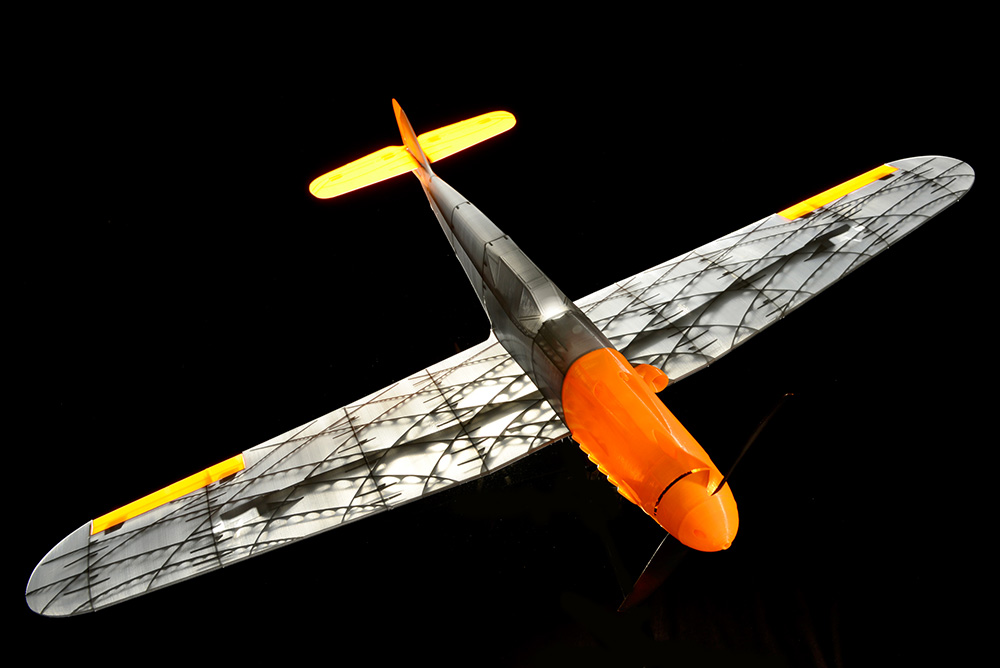

The E-8C Joint Surveillance Target Attack Radar System, or Joint STARS, is an airborne battle management, command and control, intelligence, surveillance and reconnaissance platform. The airborne battle platform costs $70,780 to keep flying. At $99,722 an hour, it’s one expensive overwatch.Īn E-8C Joint STARS from the 116th Air Control Wing, Robins Air Force Base, Ga., pulls away, after refueling from a KC-135 Stratotanker with the 459th Air Refueling Wing (U.S. This plane was designed to keep tabs on the armed forces belonging to the 2002 signatories of the Open Skies Treaty, which was is designed to enhance mutual understanding and confidence by giving all participants, regardless of size, a direct role in gathering information about military forces and activities of concern to them. Air Force Senior Airman Riley Neads, right, operate air cannons from deicing trucks to blow snow off of an OC-135 Open Skies (U.S. Air Force Senior Airman Kyle Kindig, left, and U.S. The largest of the USAF cargo haulers, the C-5 can carry two Abrams tanks, ten armored fighting vehicles, a chinook helicopter, an F-16, or an A-10 and only costs $100,941 an hour to get the stuff to the fight.

Air Force C-5 Galaxy transport aircraft at Bagram Airfield, in Parwan province, Afghanistan.

Army UH-60 Black Hawk helicopter from a U.S. The Air Force’s 20 B-2 bombers run along a similar price tag: $130,159 per hour. The B-2 literally costs more than its weight in gold. Who knew the President’s mobile command post was an E-4? With all the latest and greatest gear to keep flying in the midst of all-out nuclear war and all its top secret countermeasures, it should come as no surprise that each of the Air Force’s four converted 747s cost $159,529 per hour to fly.Ī KC-135 Stratotanker from Altus Air Force Base, Okla., refuels a B-2 Spirit Stealth Bomber from Whiteman AFB, Mo., during a refueling training mission (U.S.


 0 kommentar(er)
0 kommentar(er)
